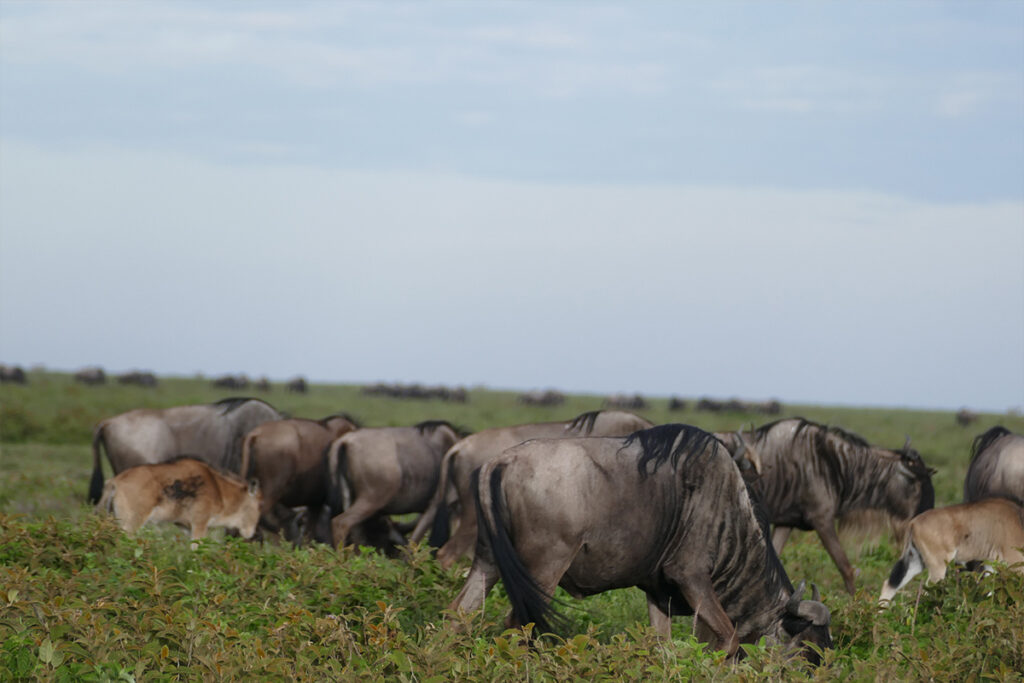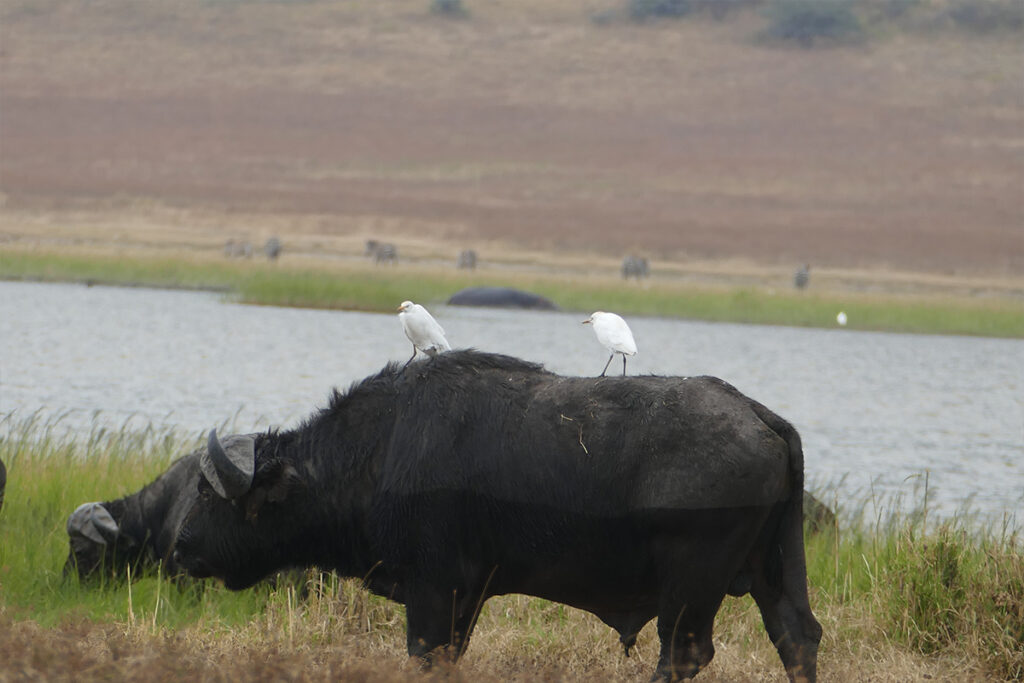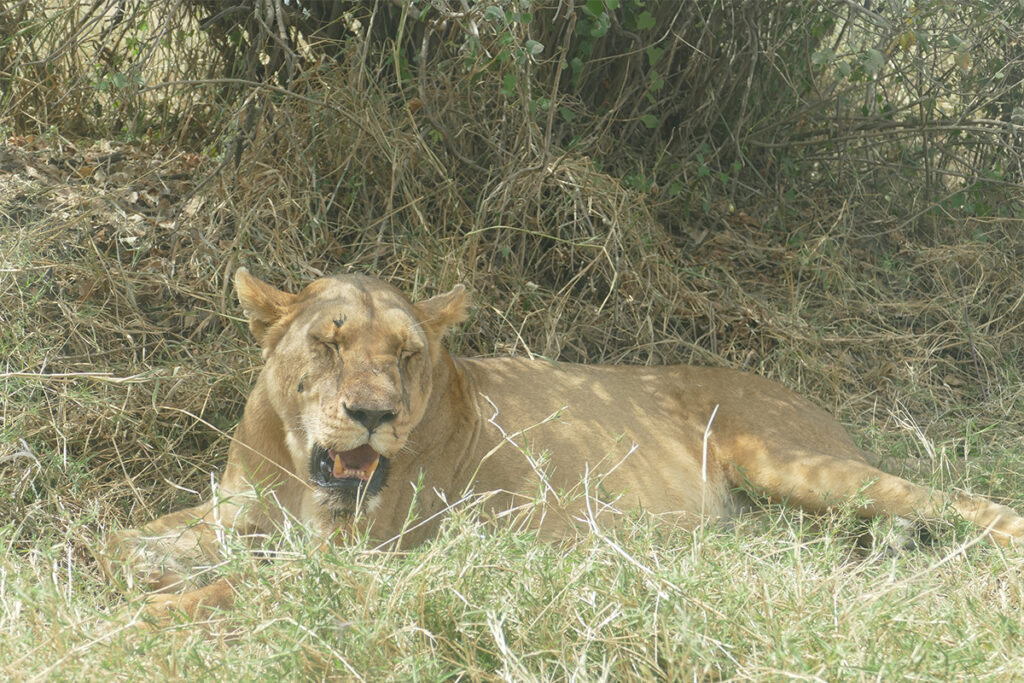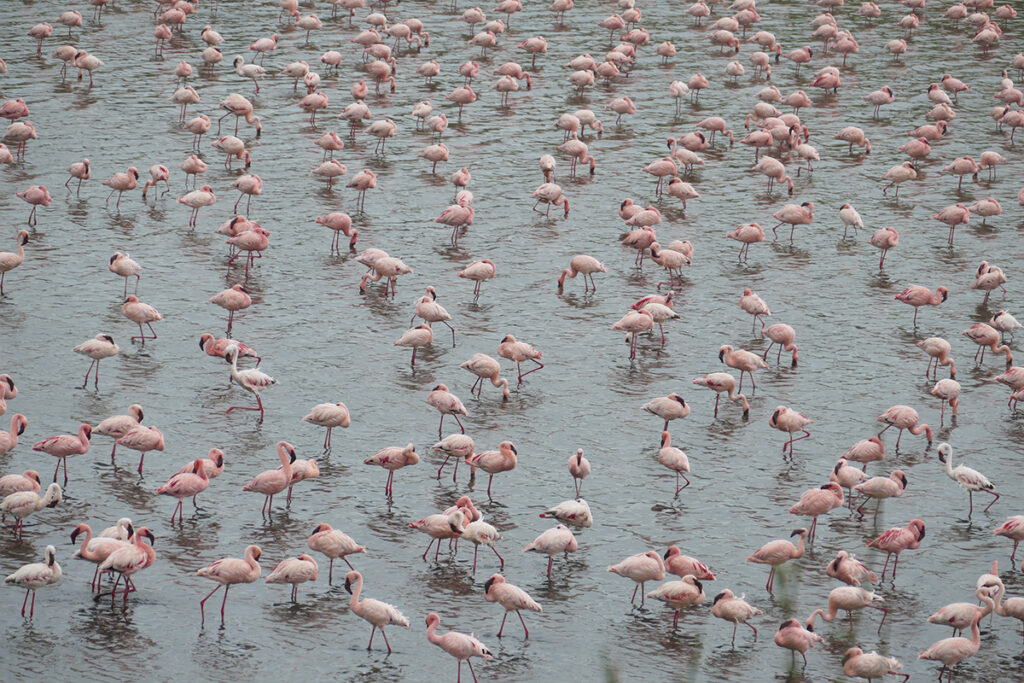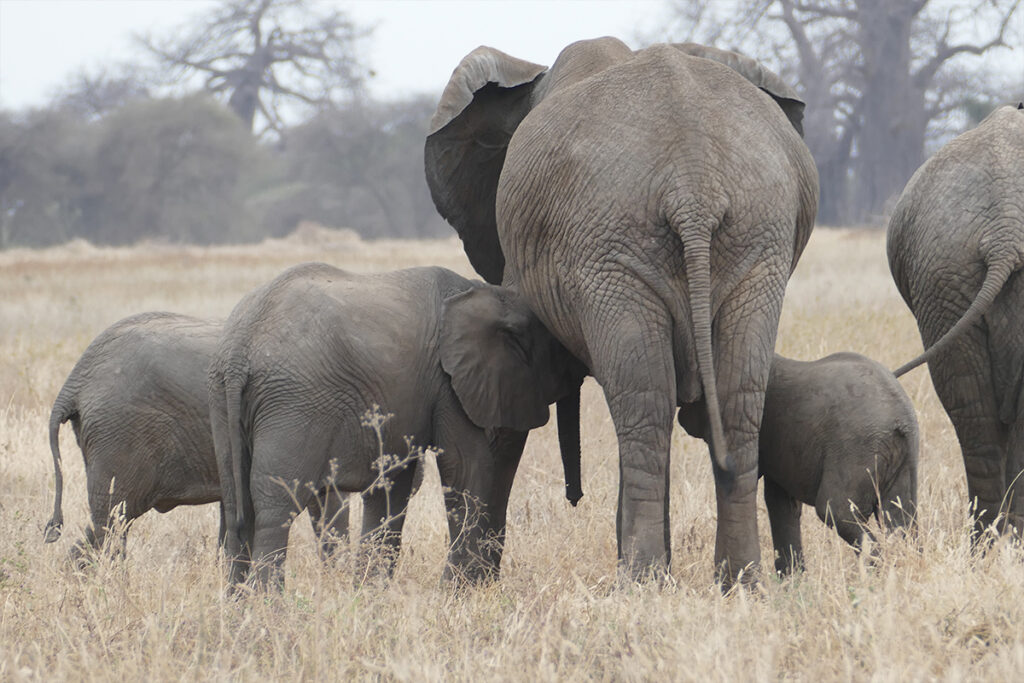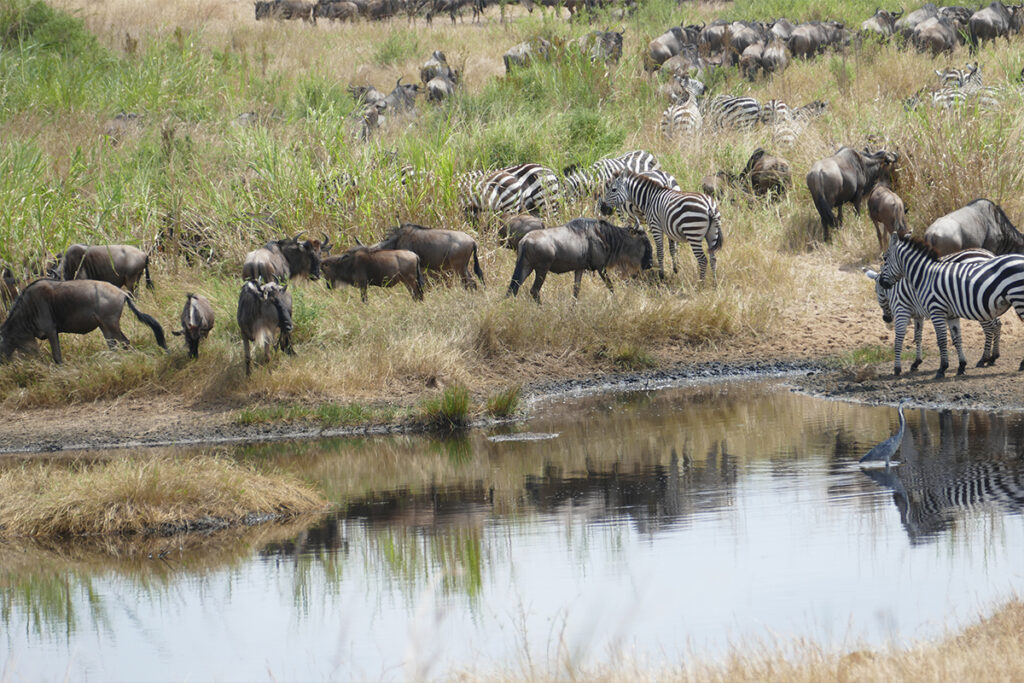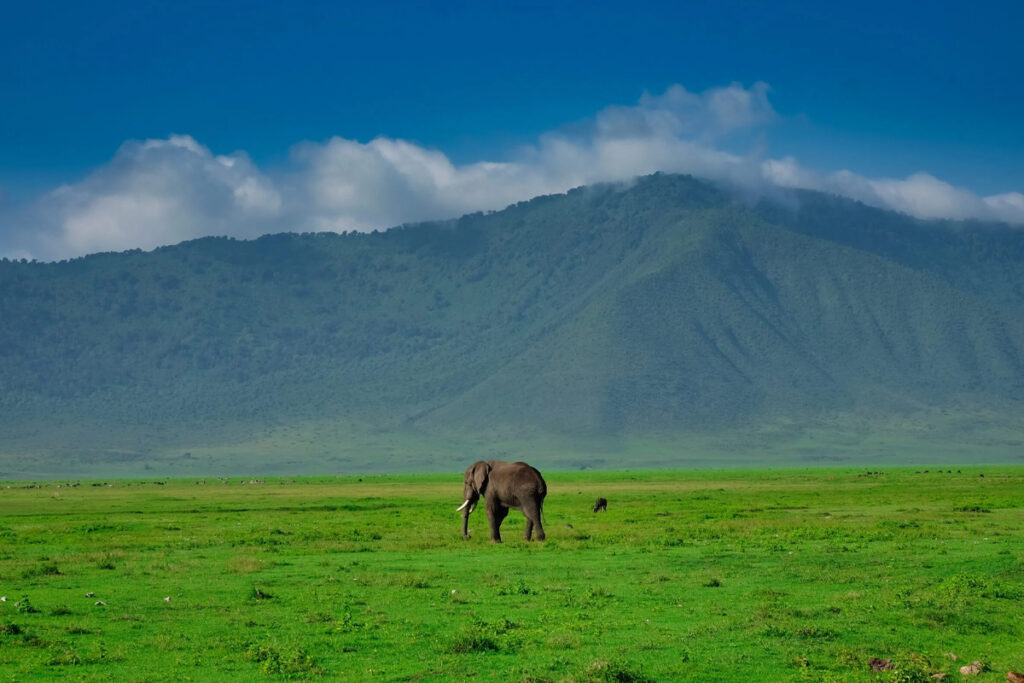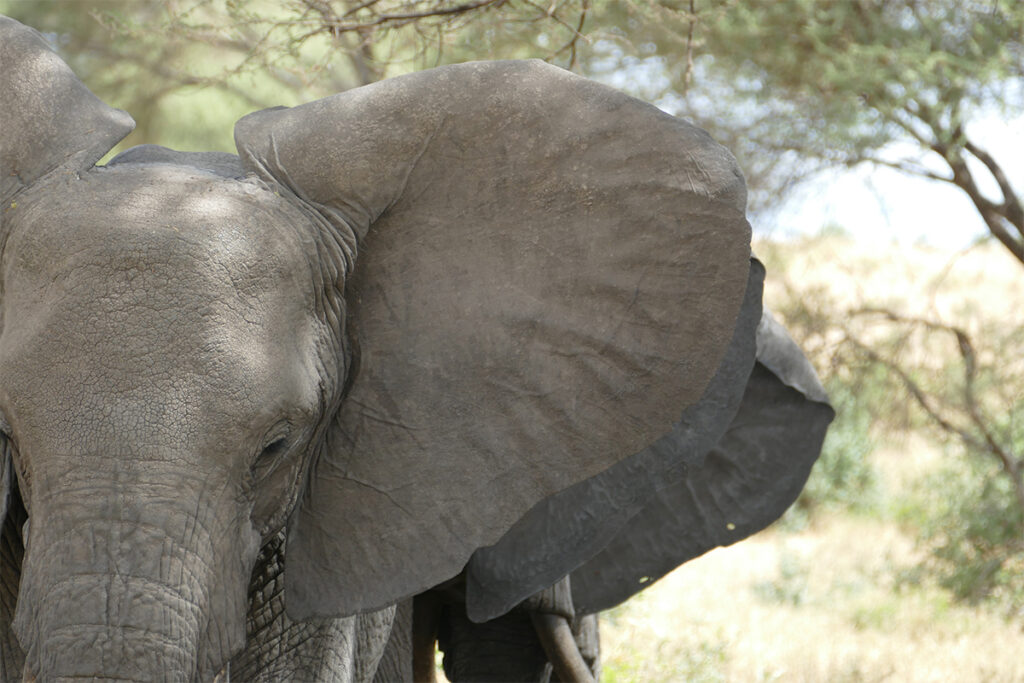Kilimanjaro Altitude Sickness: What You Need to Know
Climbing Mount Kilimanjaro is a thrilling and rewarding adventure, but one of the main challenges trekkers face is altitude sickness. Also known as Acute Mountain Sickness (AMS), it is a common condition caused by the body’s inability to adjust to high altitudes where oxygen levels are lower. Understanding the symptoms, risks, and preventive measures for altitude sickness is crucial to ensure a successful and safe ascent.
What is Altitude Sickness?
Altitude sickness occurs when your body doesn’t get enough oxygen at high altitudes. As you ascend Mount Kilimanjaro, the air becomes thinner, reducing the amount of oxygen available. Your body needs time to adapt, and if you ascend too quickly without proper acclimatization, you are at risk of developing altitude sickness.
There are three types of altitude sickness:
- Acute Mountain Sickness (AMS): Mild to moderate symptoms.
- High Altitude Pulmonary Edema (HAPE): Fluid build-up in the lungs (life-threatening).
- High Altitude Cerebral Edema (HACE): Swelling in the brain (life-threatening).
Altitude Sickness by Kilimanjaro Elevation
Mount Kilimanjaro is 5,895 meters (19,341 feet) high, and the risk of altitude sickness increases as you ascend. Here’s a breakdown of how altitude affects trekkers:
| Elevation (meters) |
Elevation (feet) |
Risk of Altitude Sickness |
Symptoms |
| 2,500m – 3,000m |
8,200 – 9,800 feet |
Low |
Mild symptoms like headache, fatigue |
| 3,000m – 3,800m |
9,800 – 12,500 feet |
Moderate |
Headache, nausea, shortness of breath |
| 3,800m – 4,500m |
12,500 – 14,800 feet |
Increased |
Dizziness, severe headaches, vomiting |
| 4,500m – 5,500m |
14,800 – 18,000 feet |
High |
Severe symptoms, risk of AMS, HAPE, HACE |
| Above 5,500m |
Above 18,000 feet |
Very High |
Life-threatening conditions: HAPE, HACE |
Symptoms of Altitude Sickness
Recognizing the symptoms of altitude sickness early is critical for effective management. Here are the common symptoms to look out for:
Mild Symptoms of Acute Mountain Sickness (AMS):
- Headache
- Nausea or vomiting
- Loss of appetite
- Fatigue
- Dizziness or light-headedness
- Shortness of breath
- Difficulty sleeping
Severe Symptoms (HAPE & HACE):
- Persistent, severe headache
- Severe shortness of breath, even at rest
- Confusion or irrational behavior
- Coughing up pink or frothy fluid (HAPE)
- Loss of coordination, difficulty walking (HACE)
- Blurred vision
- Blue or gray lips or fingernails
Note: If severe symptoms occur, immediate descent is necessary. Both HAPE and HACE can be fatal if left untreated.
Prevention of Altitude Sickness on Kilimanjaro
Preventing altitude sickness is key to a successful summit. Here are some strategies to reduce the risk:
1. Choose a Route with a Gradual Ascent
The longer the route, the better the acclimatization process. Routes like Lemosho and Northern Circuit offer gradual ascents, allowing your body time to adapt to higher altitudes.
| Route |
Recommended Duration |
Acclimatization Profile |
| Lemosho Route |
7-8 Days |
Excellent |
| Machame Route |
6-7 Days |
Good |
| Northern Circuit |
9 Days |
Best |
| Marangu Route |
5-6 Days |
Poor (quick ascent) |
2. Follow the “Climb High, Sleep Low” Strategy
Climbing higher during the day and descending to a lower altitude to sleep helps your body adjust to the altitude. Several Kilimanjaro routes naturally follow this pattern, particularly the Machame and Lemosho routes.
3. Ascend Slowly
Pace yourself. Walking slowly allows your body to gradually adjust to the decreasing oxygen levels. Don’t rush the ascent; take your time, and stay hydrated.
4. Stay Hydrated
Dehydration worsens altitude sickness, so drink plenty of water throughout your trek. It’s recommended to consume at least 3 to 4 liters of water per day.
5. Consider Taking Acetazolamide (Diamox)
Acetazolamide (Diamox) is a medication commonly used to prevent altitude sickness. It helps improve oxygen levels and acclimatization by encouraging breathing at higher altitudes. Always consult your doctor before taking Diamox.
6. Eat Well and Stay Nourished
High-altitude trekking burns a lot of calories, so it’s essential to eat well to maintain your energy levels. Carbohydrates are especially helpful in high-altitude environments.
7. Monitor Symptoms and Take Action Early
Listen to your body. If you experience severe symptoms, notify your guide immediately. If necessary, descend to a lower altitude to prevent further complications.
Managing Altitude Sickness on Kilimanjaro
If you or someone in your group starts to experience symptoms of altitude sickness, it’s essential to address the issue promptly:
-
Rest at the Same Elevation: If symptoms are mild, rest at the same elevation for a day to allow your body to acclimatize. Avoid ascending further until symptoms improve.
-
Descend if Symptoms Worsen: If symptoms worsen or don’t improve after a day of rest, it’s critical to descend to a lower altitude. Even descending by 500 meters can make a significant difference.
-
Use Oxygen or Portable Altitude Chamber (if available): If available, use supplemental oxygen or a portable altitude chamber for those with moderate to severe symptoms.
-
Take Diamox: If prescribed, take Diamox as directed to help alleviate symptoms.
Best Routes for Avoiding Altitude Sickness
Some Kilimanjaro routes offer better acclimatization opportunities than others. Choosing a route that allows for a slower ascent significantly improves your chances of reaching the summit without serious altitude sickness.
| Best Routes for Acclimatization |
Duration |
Success Rate |
Key Features |
| Northern Circuit |
9 Days |
~90% |
Longest route with the best acclimatization profile, fewer crowds, excellent scenery |
| Lemosho Route |
7-8 Days |
~85% |
Gradual ascent, varied scenery, fewer crowds |
| Machame Route |
6-7 Days |
~70-80% |
“Climb high, sleep low” acclimatization, very scenic |
| Rongai Route |
6-7 Days |
~65% |
Gradual ascent, less crowded |
Safely Climbing Kilimanjaro
Altitude sickness is a serious challenge on Kilimanjaro, but with the right precautions, it’s manageable. Choosing the right route, pacing yourself, staying hydrated, and listening to your body can help you reach the summit successfully. For those concerned about altitude sickness, opting for a longer route with better acclimatization, like Lemosho or the Northern Circuit, can significantly improve your chances of a safe and successful climb.
Climbing Kilimanjaro is a once-in-a-lifetime adventure, and taking the right steps to prepare for altitude will make the experience both safer and more enjoyable. For personalized advice or to start planning your trek, contact us today!

